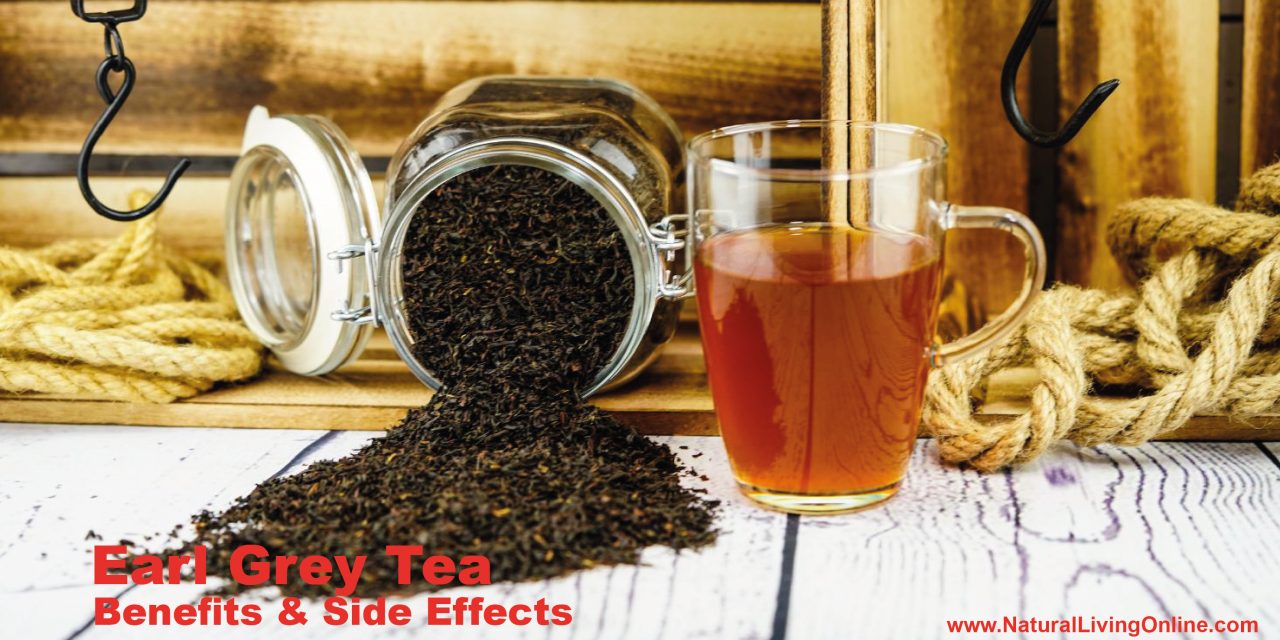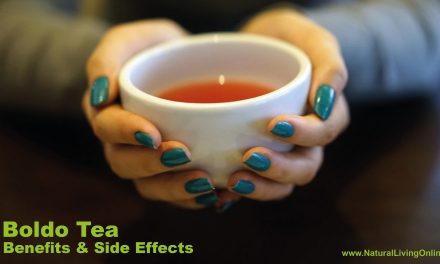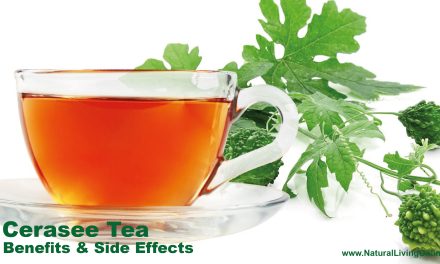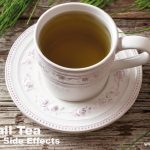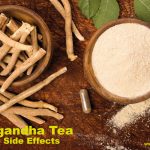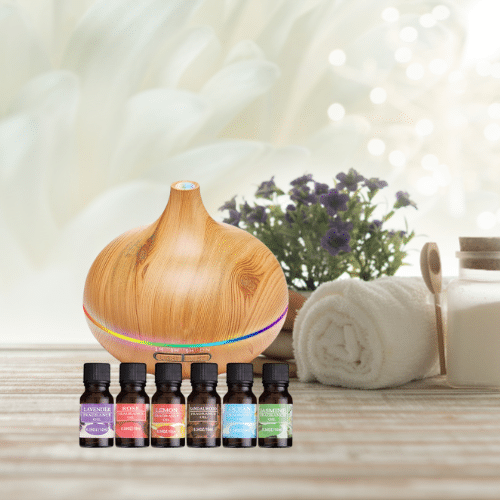Earl Grey tea, a blend of black tea and bergamot oil, has been cherished for centuries due to its flavorful and aromatic profile. Named after the British Prime Minister Charles Grey, this tea combines the robustness of black tea with the zesty citrus flavor of bergamot, a fruit native to Italy. Earl Grey tea offers potential health benefits, including stress relief, improved heart health, and antioxidant properties, making it a favorite among tea enthusiasts.
Aside from its delightful taste, Earl Grey tea is known for its ability to boost energy and fight off free radicals due to its high antioxidant content. It may also help in lowering cholesterol and improving digestive health. The unique combination of black tea and bergamot oil provides a soothing experience that many find comforting and invigorating.
For those interested in the best way to enjoy this tea, brewing a perfect cup involves steeping the tea leaves in hot water for just the right amount of time to extract the optimal flavor. While there are potential side effects, like an imbalance in potassium levels, these can be managed by consuming the tea in moderation. The rich history and potential health benefits make Earl Grey tea a compelling topic for both seasoned tea drinkers and newcomers alike.
Key Takeaways
- Earl Grey tea blends black tea and bergamot oil.
- It offers benefits such as stress relief and improved heart health.
- Brewing a perfect cup involves careful steeping to extract optimal flavor.
The History and Origin of Earl Grey Tea
Earl Grey tea has an iconic status thanks to its unique history and the distinct flavor brought by bergamot. This blend connects East and West, combining Chinese tea traditions with British refinement.
The Legend of Earl Grey
Charles Grey, the Second Earl Grey and a former British Prime Minister, is often linked to the origins of Earl Grey tea. Legend has it that during a trip, Grey saved the son of a Chinese Mandarin. In gratitude, the Mandarin gifted him with a tea recipe flavored with bergamot. While this story is widely told, its accuracy remains debated. Earl Grey tea gained popularity in Britain, becoming associated with refined tastes and high society.
Bergamot: The Defining Ingredient
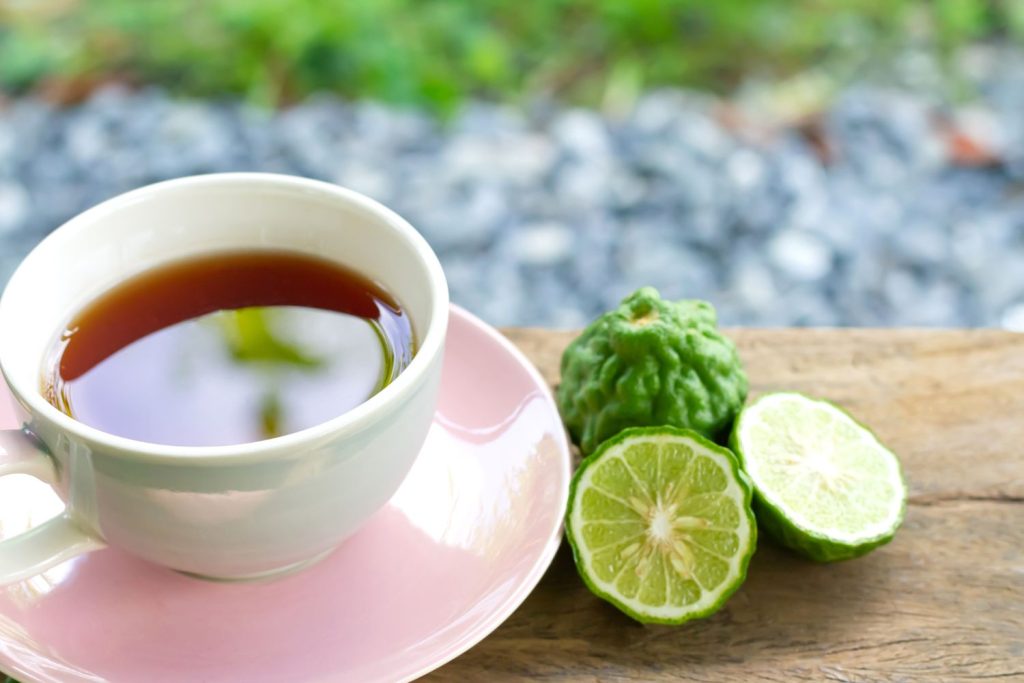
Bergamot, a citrus fruit primarily grown in Italy, gives Earl Grey its signature flavor. The essential oil from bergamot oranges infuses the tea with a distinct, aromatic quality. Originally, bergamot was used to enhance the flavor of lower-quality teas. This practice transformed Earl Grey into a premium blend. The use of bergamot oil adds a fragrant, slightly tart note that sets Earl Grey apart from other tea blends, making it a timeless favorite.
From Chinese Roots to British Fame
The connection between China and Britain is central to Earl Grey’s history. Chinese tea traditions have long influenced British tea culture. The introduction of bergamot-flavored tea helped fortify the relationship between the two regions. Though the specifics of the tale may be myth, Earl Grey’s rise to fame in Britain is undeniable. It became a symbol of elegance and an essential part of British tea rituals.
For more detailed information about the history of this beloved tea, you can visit several resources like The History of Earl Grey Tea or The Flavor and History of Earl Grey Tea.
Earl Grey Tea and Health Benefits
Earl Grey tea offers several health benefits due to its unique composition. This tea is rich in antioxidants, beneficial for heart health, aids in weight loss, supports digestion, and may assist in cancer prevention and immune enhancement.
Antioxidants and Their Effect
Earl Grey tea contains antioxidants like polyphenols, flavonoids, and theaflavins. These compounds help reduce free radicals in the body, reducing oxidative stress. This can prevent cellular damage and lower the risk of chronic illnesses. Drinking Earl Grey regularly can contribute to overall well-being and may protect against diseases caused by oxidative stress.
Heart Health and Cholesterol
Earl Grey tea supports heart health by improving blood circulation and reducing cholesterol levels. The flavonoids in the tea have an anti-inflammatory effect, which helps maintain healthy blood vessels. Regular consumption can lower bad cholesterol (LDL) and increase good cholesterol (HDL), potentially reducing the risk of heart disease and stroke.
Weight Loss and Metabolism
Earl Grey tea can aid in weight loss and boost metabolism. The tea’s polyphenols enhance fat oxidation and improve energy expenditure, making it easier to burn calories. Drinking Earl Grey can also help regulate metabolism by balancing blood sugar levels, reducing cravings, and improving overall digestive health.
Digestion and Soothing Properties
The bergamot oil in Earl Grey tea offers soothing properties for the digestive system. It can help alleviate symptoms of indigestion, nausea, and constipation. The polyphenols and other compounds in the tea promote healthy digestion and may help maintain a balanced gut microbiome, supporting overall digestive health.
Cancer Prevention and Immune Support
Earl Grey tea may assist in cancer prevention and boost the immune system. The antioxidants in the tea, including theaflavins, have anticancer properties, which help reduce the growth of cancer cells. Additionally, regular consumption of Earl Grey can fortify the immune system, helping the body fight off infections and maintain overall health.
Comparing Earl Grey to Other Teas
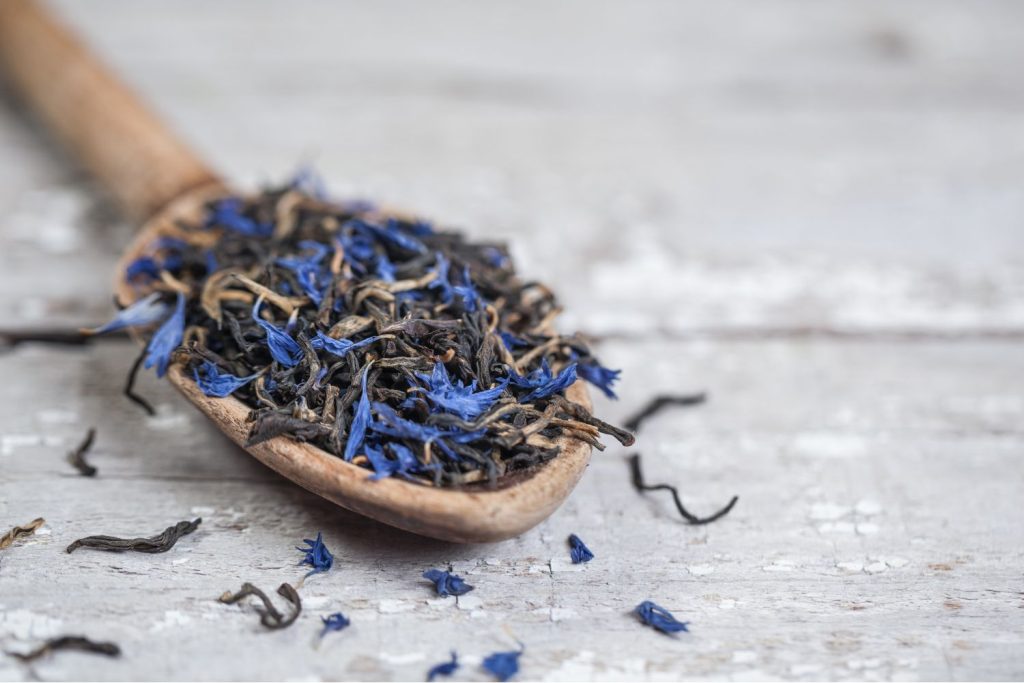
Earl Grey, distinguished by its blend of black tea and bergamot, offers a unique taste and benefits. When compared to other teas, it’s important to consider differences in flavor, caffeine content, and health effects.
Green Tea vs Earl Grey
Green tea and Earl Grey differ significantly in flavor and caffeine content. Green tea has a more delicate, grassy taste, while Earl Grey is known for its citrusy bergamot notes. Usually, Earl Grey contains around 30-60 mg of caffeine per cup, whereas green tea has about 20-60 mg.
In terms of health benefits, green tea is celebrated for its high antioxidant content, which can help reduce the risk of heart disease. On the other hand, Earl Grey is praised for aiding digestion and soothing issues like indigestion and acid reflux.
Oolong and Black Tea Distinctions
Oolong tea, a semi-fermented tea, sits between green and black tea in terms of flavor and oxidation. The taste of oolong can vary from sweet and fruity to woody and rich. Black tea, which forms the base of Earl Grey, is fully oxidized, giving it a robust, bold flavor. Like Earl Grey, plain black tea lacks the bergamot essence but retains similar caffeine levels and heart health benefits.
Comparatively, while both have cardiovascular advantages, oolong’s partially fermented nature may offer a different antioxidant profile compared to the fully oxidized black teas. This slight difference in processing influences both the flavor and potential health impacts of these teas.
Herbal Teas and Caffeine Content
Herbal teas differ greatly from Earl Grey, mainly due to their caffeine-free nature. Herbal teas, made from flowers, herbs, and fruits, often offer a variety of flavors and specific health benefits, such as soothing effects from chamomile or digestive aids from peppermint.
Unlike Earl Grey, which contains caffeine, herbal teas can be a good alternative for those sensitive to caffeine or looking for a calming beverage. Despite the lack of caffeine, herbal teas still provide health benefits, but their effects differ based on the ingredients used in the blend.
Brewing the Perfect Cup of Earl Grey
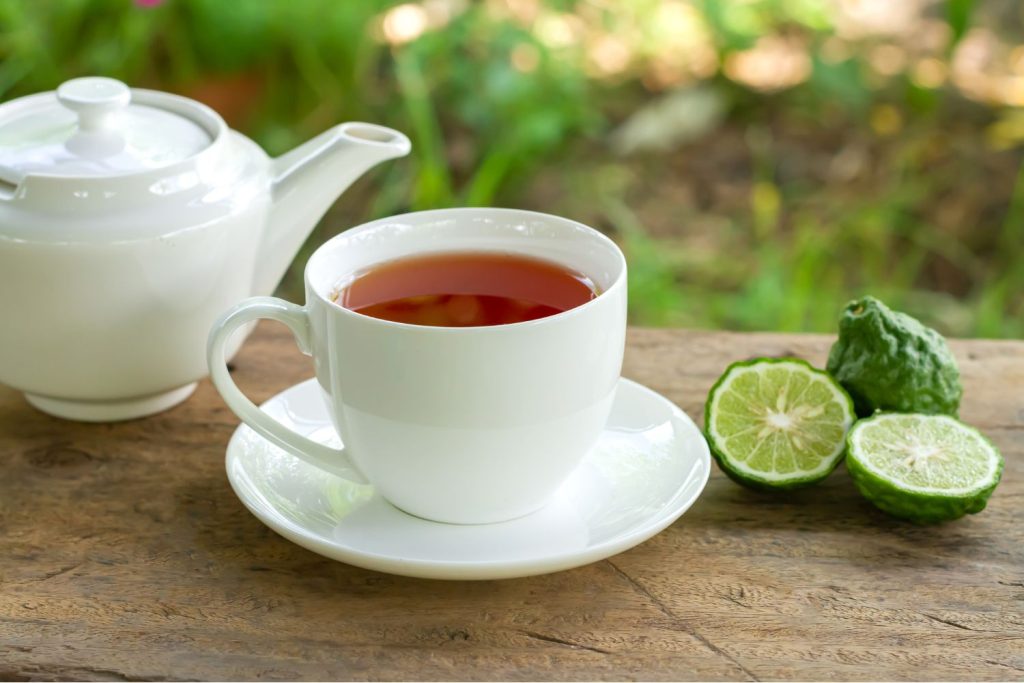
Making the perfect cup of Earl Grey tea involves choosing high-quality water and following specific brewing techniques to enhance its floral aroma and the delicate flavor of bergamot oil.
The Importance of Water Quality
Using fresh, cold, filtered water is crucial. Impurities in tap water can interfere with the delicate taste of Earl Grey tea.
Stainless steel or glass kettles are recommended to avoid unwanted flavors. Avoid reboiling previously boiled water; always start fresh to ensure the best flavor.
Step-by-Step Brewing Techniques
Start by heating the filtered water to just below boiling, around 200°F (93°C). Too hot and it can burn the tea leaves.
Measure 1.5 teaspoons of tea leaves or use 1 tea bag per 8-ounce cup. Steep for 3-5 minutes, depending on preference for strength.
Avoid oversteeping to prevent bitterness. These steps help bring out the bergamot oil’s citrusy notes for a pleasant and balanced cup.
Potential Side Effects and Considerations
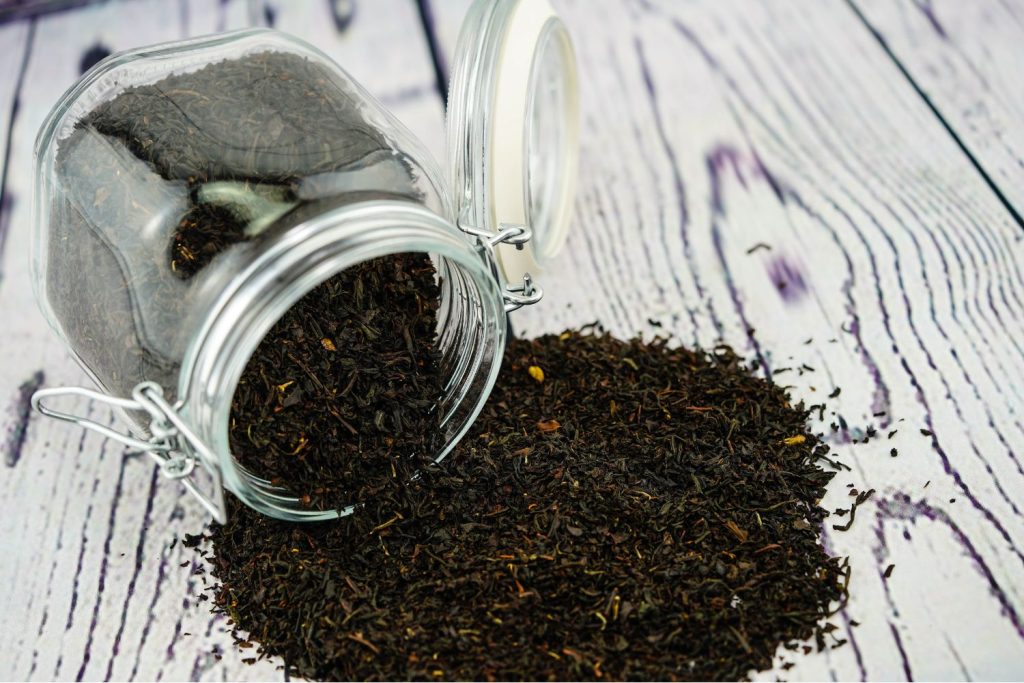
Earl Grey tea offers numerous benefits, but it can also have some drawbacks. Key issues include caffeine sensitivity, reduced iron absorption, and potential allergic reactions.
Caffeine Sensitivity and Sleep Disturbance
Earl Grey tea contains caffeine, which can vary from 40 to 120 milligrams per cup. For those sensitive to caffeine, this can lead to stress, increased anxiety, and sleep disturbances. Consuming the tea later in the day might cause difficulty falling asleep or staying asleep.
People with hypertension should also be cautious. Caffeine can temporarily raise blood pressure, which might be harmful for individuals already dealing with high blood pressure or heart disease. Limiting intake might mitigate these issues.
Iron Absorption and Anemia
Drinking Earl Grey tea may affect the body’s iron absorption. The tannins in black tea can bind to dietary iron, reducing its absorption and leading to iron deficiency or anemia over time.
Vegetarians, vegans, and those with existing iron deficiencies should be particularly mindful. They might consider consuming tea between meals rather than with meals. Doing so helps minimize the impact on iron absorption, ensuring they maintain adequate iron levels for overall health.
Allergic Reactions and Bergamot Sensitivity
Bergamot oil, used to flavor Earl Grey tea, can cause allergic reactions in some individuals. Symptoms may include rashes, hives, or more severe reactions like difficulty breathing.
Individuals with known citrus allergies should be cautious. Additionally, bergamot might interact with certain medications, such as those used to treat high blood pressure or heart disease, leading to adverse effects. Consulting with a healthcare provider before adding Earl Grey tea to their diet can help avoid potential complications.
Frequently Asked Questions
What are the potential skin benefits of drinking Earl Grey tea?
Earl Grey tea contains antioxidants that may help protect the skin from damage caused by free radicals. It may also improve skin hydration and reduce inflammation, potentially resulting in a clearer complexion.
What is the best time of day to consume Earl Grey tea for maximum benefits?
Consuming Earl Grey tea in the morning can be beneficial due to its caffeine content, which can help boost energy and focus. Drinking it in the afternoon can also provide a gentle pick-me-up without the need for more coffee.
Can you explain Earl Grey tea benefits in comparison to green tea?
Earl Grey tea is rich in antioxidants similar to green tea but features bergamot, which may enhance mood and relieve stress. While green tea is often praised for its metabolism-boosting properties, Earl Grey offers unique benefits like potentially improving digestion and heart health.
What are some known side effects of consuming Earl Grey tea?
Consuming large amounts of Earl Grey tea may lead to caffeine-related issues such as insomnia, jitteriness, or increased heart rate. Some people may also experience digestive discomfort or allergic reactions to bergamot.
How does Earl Grey tea contribute to weight loss efforts?
Earl Grey tea may aid in weight loss by boosting metabolism and promoting fat breakdown due to its caffeine content. The bergamot in Earl Grey might also help with reducing stress-related eating and improving digestion.
What effects does Earl Grey tea have on liver health?
Earl Grey tea contains compounds that may support liver function by aiding in detoxification. Regular consumption might help in protecting the liver from damage due to its potential anti-inflammatory and antioxidant properties.
References:
Earl Grey Tea: Is It Good for You?
This website does not provide medical advice.
All information provided on this website, and on associated social media networks, including but not limited to texts, images, and numbers are for general information purpose only. It is not intended as medical advice and it does not include all possible precautions, side effects, or interactions that may occur. Neither NaturalLivingOnline.com nor its author/founder take responsibility for how you use this information. Statements contained on NaturalLivingOnline.com have not been evaluated by the FDA. You should conduct thorough research via multiple sources and consult your physician or qualified doctor before using any essential oil or herbal remedy. Information on NaturalLivingOnline.com must not be relied upon for medical, legal, financial or other decisions.

